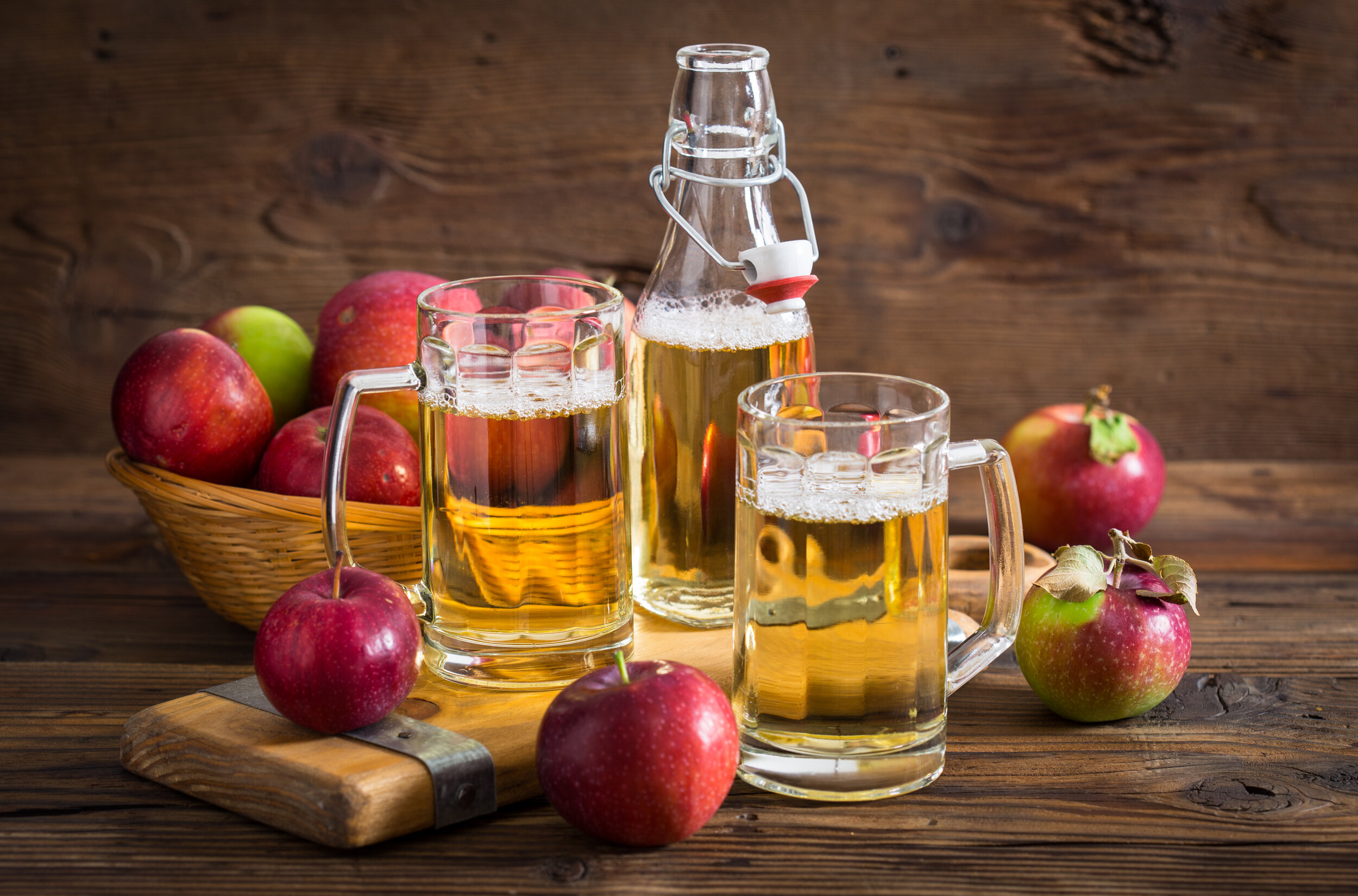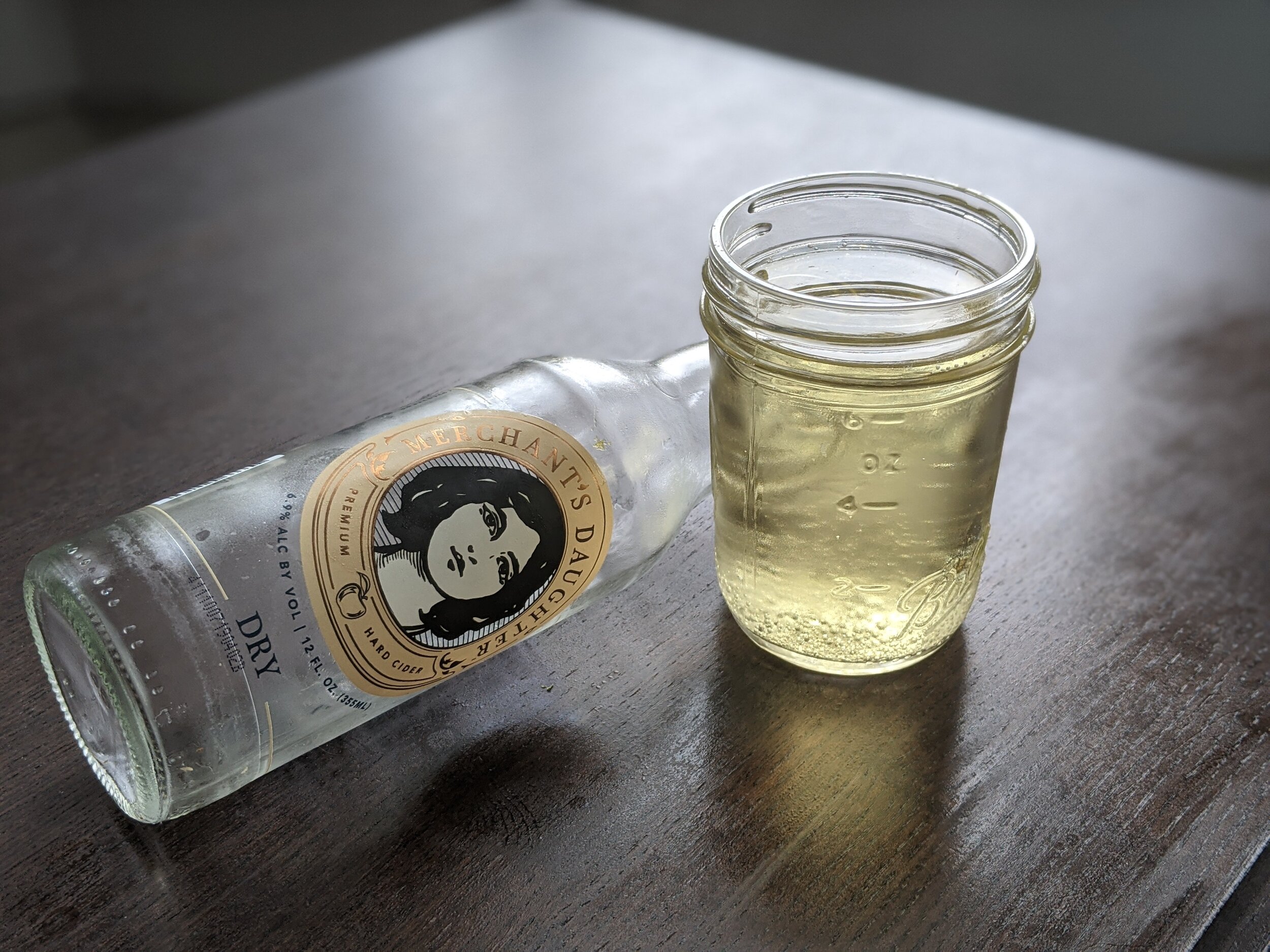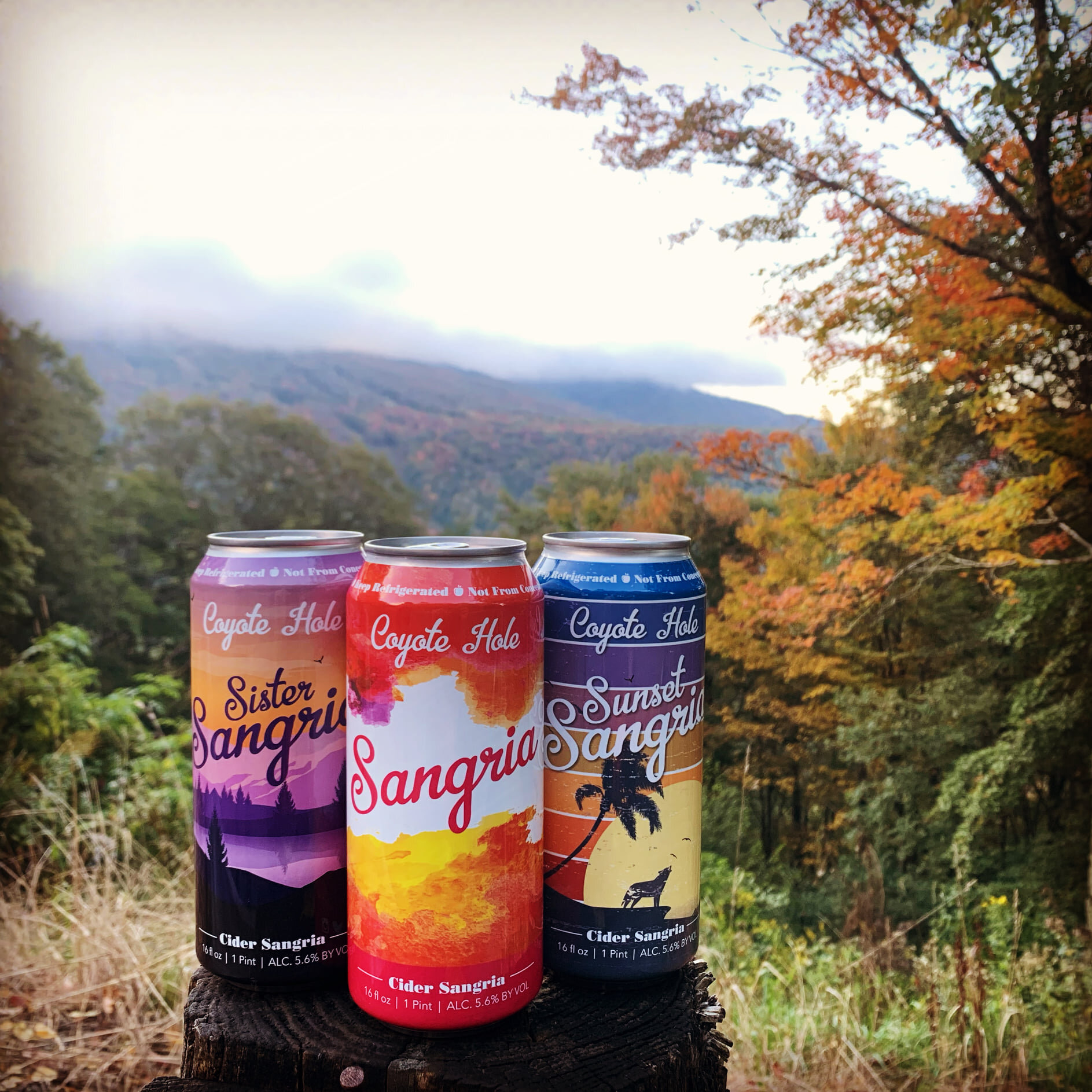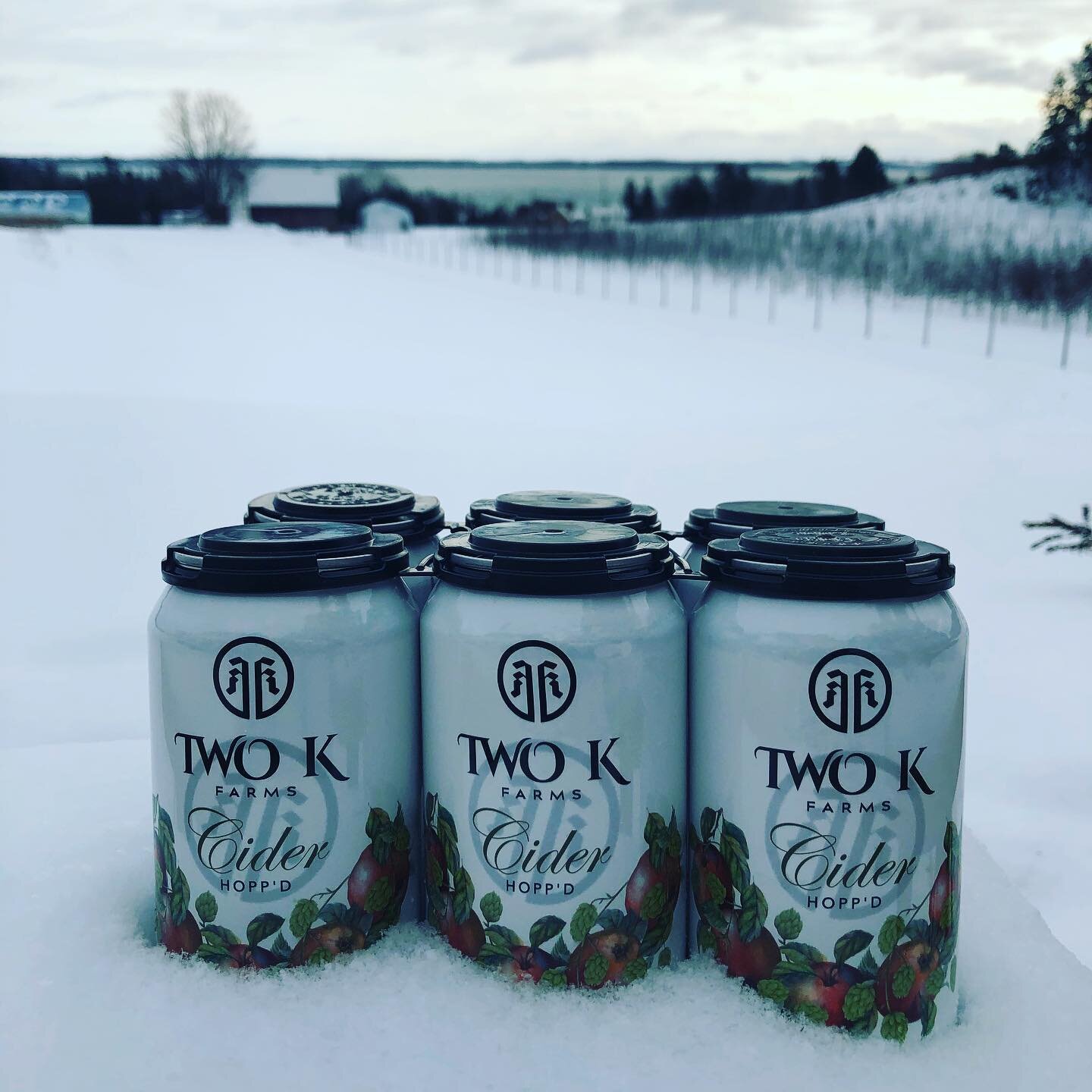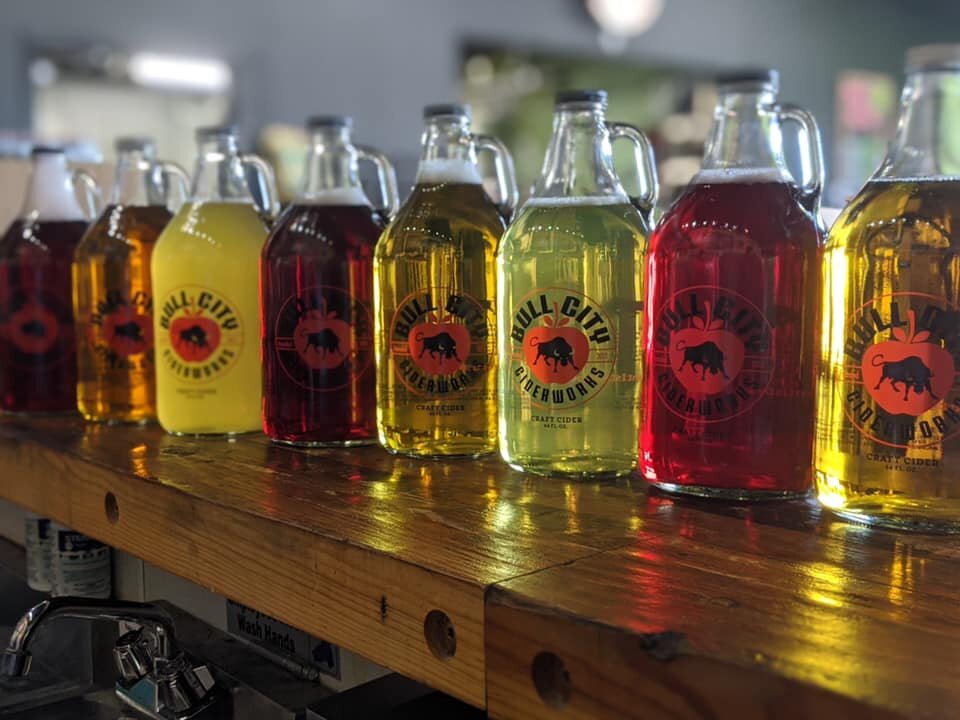4 Cider Styles to Explore This Fall
Hard apple cider, courtesy of Shutterstock
Cozy up to these crisp and flavorful varieties of hard cider this cider season.
The onset of fall means something a little different for everyone. For some, it’s prime time for hiking, camping, and leaf peeping. For others, the cooling temperatures indicate the onset of soup season. For still others, including myself, autumn is cider season*.
The hard cider category extends far beyond the sweet, mass-market offerings that so many of us are familiar with. If you’re happy with that, great! You’ll get no cider-shaming from me. But if you find yourself thinking there must be more to cider than this, you’re absolutely right — come with me as we explore four different styles of cider.
Modern Cider
Hard Cider Dry from Merchan't’s Daughter, photo by Andrew Tobia
The prime differentiator of the Modern category of ciders is the type of apples used. Traditionally, cider was made from tart, bitter apples. After Prohibition became law, many cider apple orchards throughout the United States were burned down, leaving sweet eating apples. By necessity, cider makers began using these sweet apples — like McIntosh, fuji, and gala — to make cider in the modern era, hence the “modern” moniker.
On the whole this style leans toward the dry side (though not as a rule), and ABV’s tend to be on the higher side, as culinary apples have a higher sugar content.
Two of my household’s favorite ciders are from this category, and are also both silver medal winners in the 2020 New York International Cider Competition (NYICC): Hard Cider Dry from Merchant’s Daughter, and No. 139 Dry White Cider from Wolffer Estate Vineyard. Merchant’s Daughter Dry maintains apple-flavor overtones, but introduces interesting hay and herbal notes underneath. The No. 139 is more reminiscent of raw apple, skins in particular, though with their sugar sucked out.
Cider Sangria from Coyote Hole Ciderworks
Fruit Cider
Fruit ciders are, as the name implies, ciders that include the addition of other fruits, usually starting right at the fermentation stage of production. A good fruit cider is typically characterized by strong apple flavor up front, giving way to the additional fruit’s flavors as the taste lingers. This style is, by its very nature, incredibly diverse (you’ll find fruits from peach to passionfruit) and a great starting point for that friend of yours who thinks they don’t like cider.
Coyote Hole Ciderworks, unique in that it produces the majority of its ciders with green apple varieties, won a bronze medal in NYICC’s fruit cider category for one of their flagships, Sangria. A blend of green apple, rosé wine, cranberry, and mango, Sangria is a complex cider with flavor notes suited to every season. Fruit ciders that are more straightforward are not to be missed, either — Woodchuck’s Raspberry (raspberry being a common fruit cider fruit) is awash in the tart sweetness of raspberries.
Hopped Cider
Hopp’d cider by Two K Farms
While cider as a whole has roots extending straight back to antiquity, hopped cider is a relatively new branch of the tree — I haven’t been able to find a reference to it older than 10 years (let me know in the comments below if you know of an older resource). Hopping opens up a huge world of flavors and aromas in ciders. It also helps attract beer drinkers to the category, and offers the gluten-intolerant among us with a more beer-like alternative than they’ve had before.
As if to emphasize the style’s young age, only one cider earned a medal in this category for NYICC 2020 — Hopp’D from Two K Farms, which took a bronze. (A second hopped cider was awarded, but in the Modern category.) In this cider the hops (a proprietary variety) take center stage, bringing pine and citrus flavors up front, finishing with a clean apple flavor. On the other end of the hop-flavor scale is Smooth Hoperator from Bull City Ciderworks, which emphasizes floral and tropical flavors.
Varieties of cider from Bull City Ciderworks
Sour Cider
Sour ciders, sometimes referred to as tart, funky, or farmhouse ciders, vary a lot in how they’re made and what ingredients are used — the only real requirement is that their fermentation is wild, or “spontaneous”. Most ciders (and indeed, alcohol period) are fermented with particular yeast strains, breed for consistent, particular flavor and behavior. Wild fermentation, on the other hand, relies on whatever yeast was found wild on the ingredient and/or present in the production facility. In wild/spontaneous/farmhouse fermentation, yeast and naturally occurring bacteria cooperate to create distinct aromas and flavors.
The cider I’m drinking now, as I write this, is a sour farmhouse cider — Brut by Virtue Cider. Its wild fermentation is aggressive on the nose (it’s a very distinct aroma), and a little milder on the palate, without giving up any side-of-the-tongue tartness. The cider finishes strong, clear, bright apple. Another excellent sour option would be TROY Cider’s Funk Odyssey — wild fermented from wild heirloom apples and quince, then aged for a combined 21 months, this is an incredibly complex, nuanced cider… not to mention funky.
None of these cider styles appeal to you? These styles only represent a portion of defined offerings, and then there are always cideries that buck the rules, experiment with flavors and ingredients in truly innovative ways, and create ciders that stubbornly refuse to fit into any one category.
One such cidery is Graft, local to and readily available where I live. Most of their ciders are wild-fermented sour ciders, but they never stop there. They experiment ceaselessly with fruits, spices, hops, teas, and alcohol blends — no one Graft cider is ever a single thing.
No matter what kind of drinker you are, there’s a cider out there for you. So get exploring.
* To be fair, cider can and should be enjoyed year-round — few things are as refreshing to me as a good, funky wild-fermented farmhouse cider on a hot summer day — but there’s an undeniable increase in the availability of ciders as apple harvests conclude for the year, not to mention longstanding cultural associations and such.

